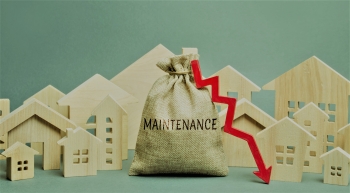
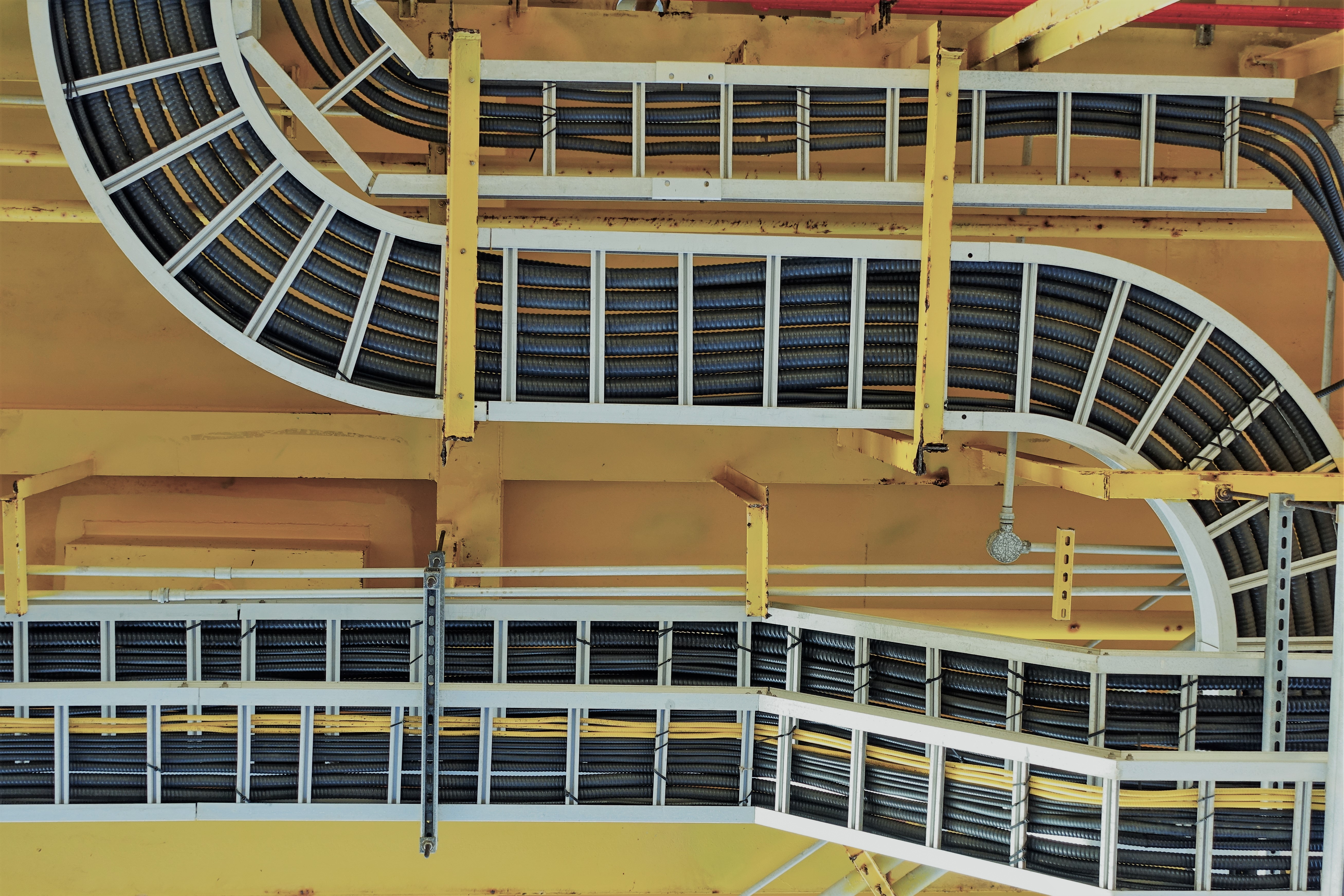
The Ins and Outs of Industrial Power Supplies
Published: 16/09/2022
The Ins and Outs of Industrial Power Supplies
At the core of every electronic process is a power supply, the essential life source which allows an automated system to become an ultimate powerhouse.
In basic terminology, this device is responsible for changing the electrical current from a source to the accurate voltage, frequency, and current which in turn feeds the load. When choosing a power supply, there are an array of factors to take into consideration. From the required voltage and power efficiency to durability and current limitation, you must have all bases covered.
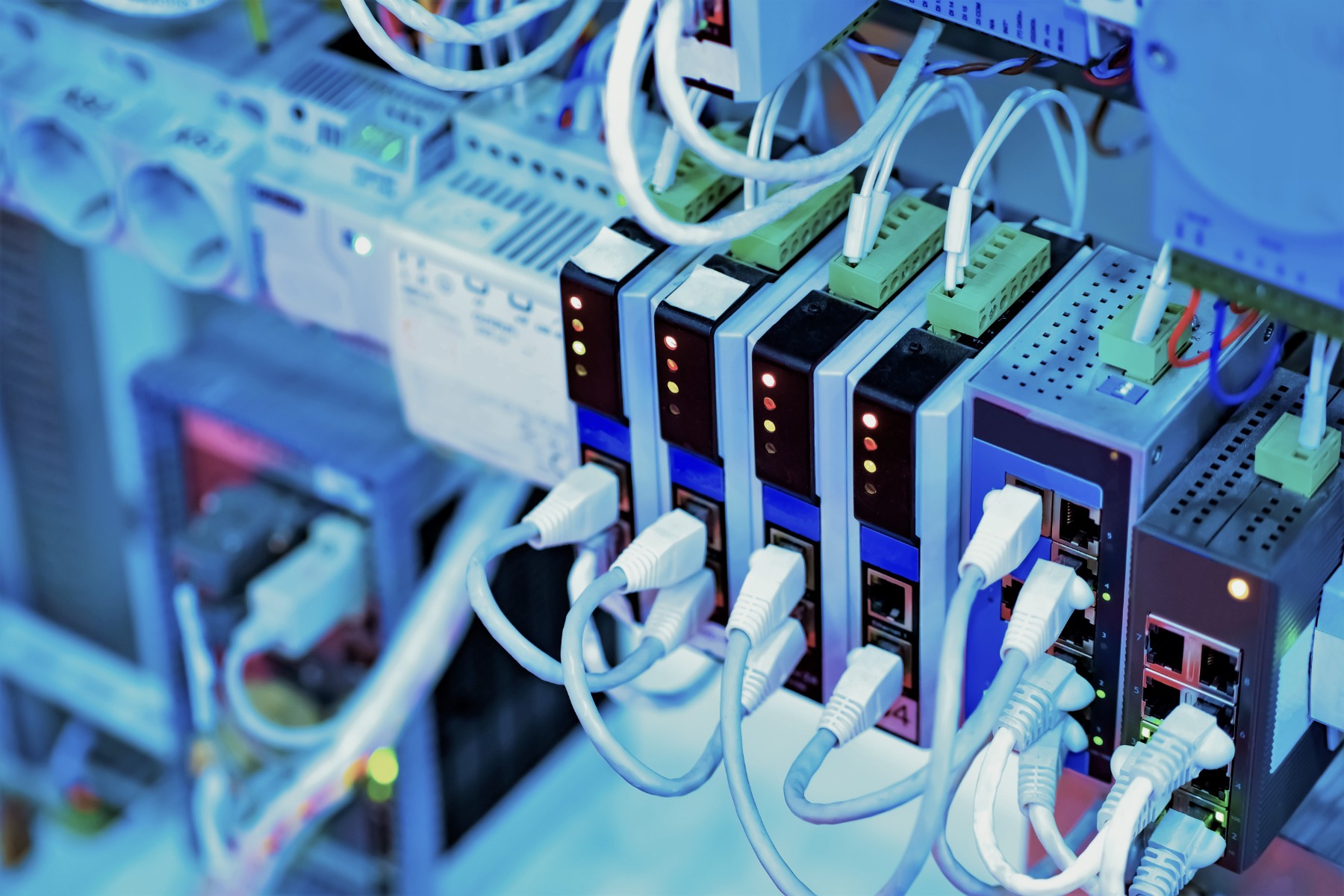
Let’s take a look at the internal cogs of a power supply and find out what makes it tick.
The standard power supply is broken down into the below elements which unite to transmit this power to the intended device, consisting of a transformer, rectifier, filter, stabiliser and regulatory circuits. Depending on the type, some supplies may have all or a selection of the below features.
The Transformer
This static device transfers power with no impact on the frequency, increasing and decreasing the AC voltage level which is then isolated from the rest of the electrical system. The transformer is connected to the voltage source with a secondary connection being linked to the load itself. The primary and secondary circuits are completely isolated from one another via the transformer.
The Rectifier
Having travelled through the transformer, the rectifier changes AC power to DC which flows in a single direction. Most commonly, interlocked diodes will be used to fulfil this step but in power supply circuits there are two forms of rectifier circuits commonly incorporated, half-wave and full-wave rectifiers. As the name suggests, the half-wave controls one half of the cycle whereas the full-wave controls both the top and bottom, ensuring consistent polarity across the two.
The Filter
Think about a coffee filter. It separates the unfiltered coffee grounds from the final product and controls the speed of the water when meeting these grounds. The end result? A perfect cup of joe.
In relation to a power supply, the filter ensures the output voltage from the rectifier is constant which reduces interference and noise pollution. Both examples demonstrate how a filter controls and regulates to produce the desired outcome. The filter comes in two basic forms including the capacitance and resistor capacitor otherwise known as the C-Filter and RC-Filter. The former is the most economical option, however the RC-Filter has the ability to reduce ripple voltage with the use of resistors. By allowing specific frequencies and blocking others, the filter motion allows for a smooth process.
The Regulator
The regulator follows the evolution of the output. As the output voltage drops, the regulator will then alter its parameters to compensate for this decrease. This process provides a regulated and steady DC output. The regulated output voltage is tested via a circuit which communicates feedback to the comparator circuit. This result is then compared to the reference voltage to ensure that the supplied power is correct.
The Stabiliser
This element of the power supply is equally crucial to its effectiveness. The stabiliser delivers a constant supply of voltage to the output terminals despite any changes in the input or incoming supply. This adds a barrier of protection to the machinery, assisting with the prevention of voltage surges or sags which could otherwise render the system incapable of continuing.
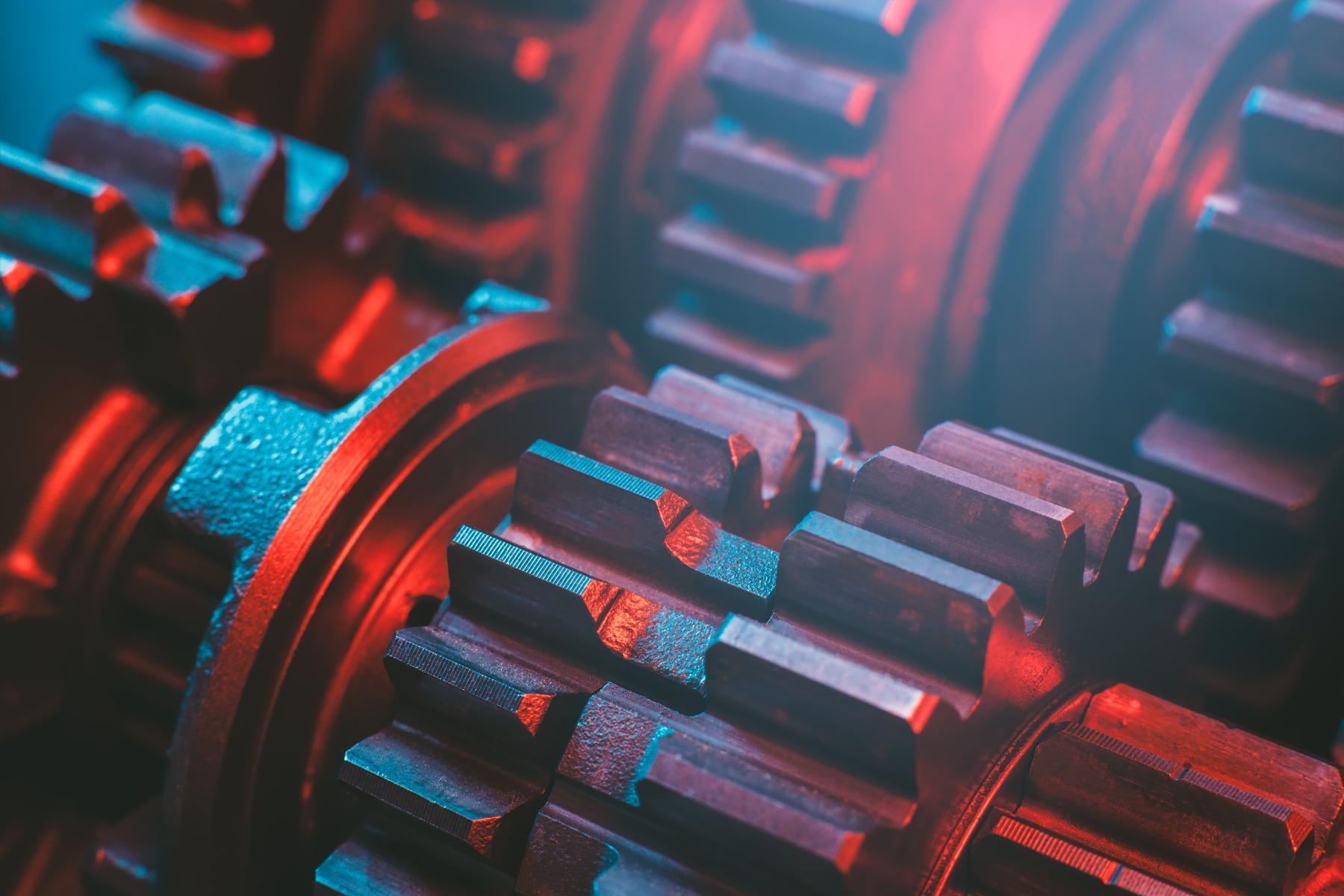
Which power supply is your perfect match?
The type of power supply will be highly dependent on the application for which it is intended. There are two types of prominent power supply technologies available on the market including both linear and switching supplies. However we must not sideline unregulated power supplies as they certainly have their uses.
Unregulated Power Supplies
An unregulated supply somewhat marches to the beat of its own drum, designed to deliver a set output at a given current without regulating the voltage output. They definitely do not break the bank with their low cost but you can bet your bottom dollar that uneven voltage supply is going to rear its head in certain applications. Although it is equipped with a capacitor to lessen the voltage fluctuation, the final output remains unfiltered as a result of tumultuous changes in load current and input. Basically, if the current or voltage drops, an alternative variable will pick up the slack to compensate and maintain the steadiness of a power supply to the best of its ability.
Linear power supply
As fluctuations occur in your system, a linear supply is designed to provide stable and consistent DC voltage, consisting of a transformer, filter, rectifier and regulator. Each of these elements has their part to play; the transformer reduces the amplitude of the voltage, the filter captures the power from the rectifier to produce a smooth output, the rectifier converts AC voltage into DC output voltage and finally the regulator ensures stability and regulation.
The linear power supply certainly comes with its advantages from simple installation to enhanced stability and temperature regulations, however on the flip side there are some negative implications. Generally they garner a fair amount of heat, varied quantities of power can be lost and it is by no means a wallflower with its robust structure, making it ideal for low power applications.
Switched-Mode Power Supply (SMPS)
There is one critical difference between the linear and switching power supplies; power can be transmitted instantaneously. Here the input voltage is rectified and filtered at the input, converted to high frequency and repeats this process before it reaches the output. Although they may be more costly than the former, this option is known for greater efficiency, their ability to manage a wider range of voltages and their compact design.
Since their inception in the 1980s, switching power supplies have been renowned for these high levels of efficiency. Here is what computer software company, Cadence Design Systems had to say:
“In terms of percentages, a linear power supply operates, typically, at about 60% efficiency, whereas an SMPS operates around 80% efficiency or higher.”
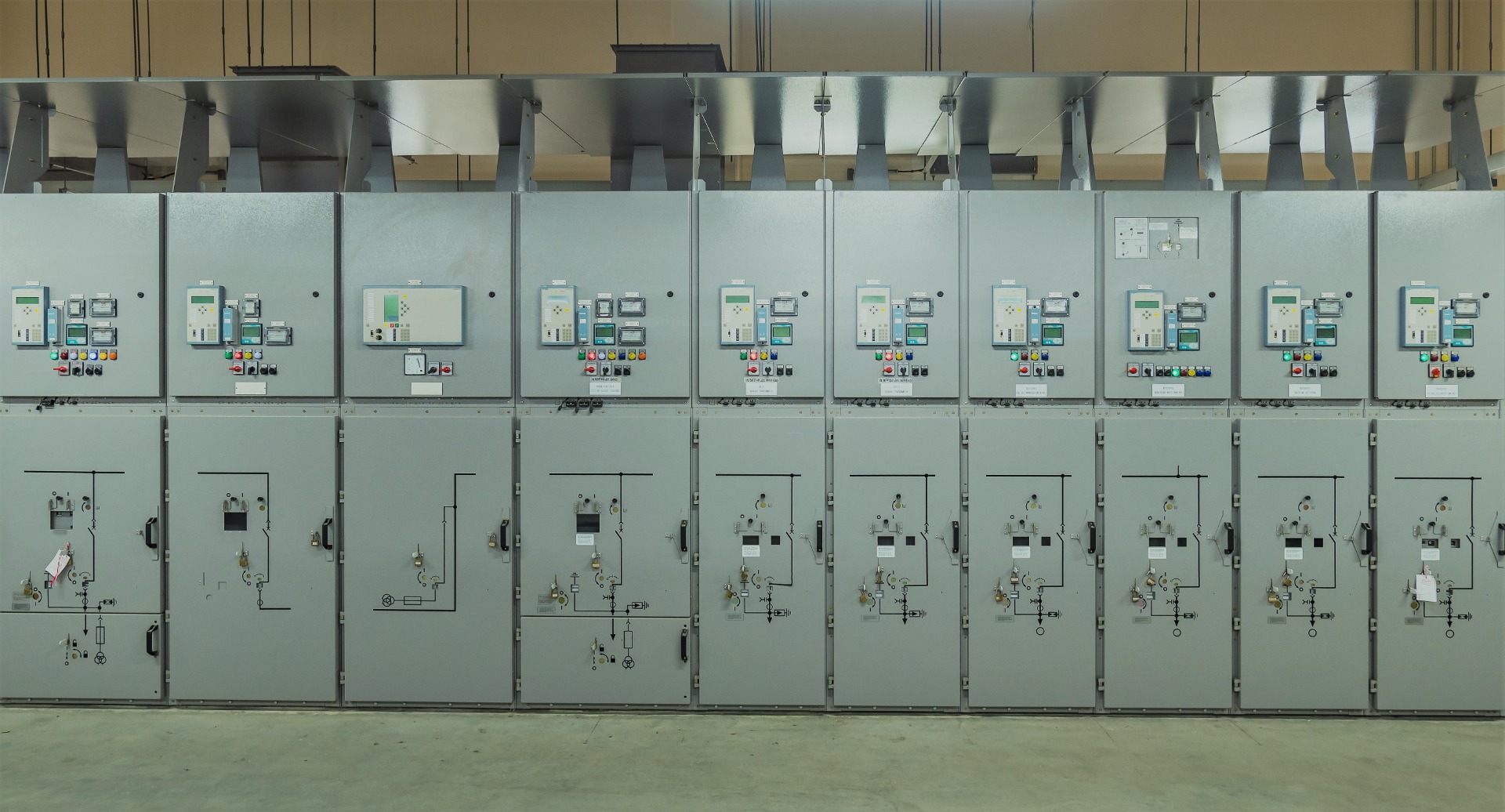
Whether your power supply is getting too hot to handle, reversed polarity has intruded to cause mischief or your inputs and outputs have gone haywire, we will get to the crux of the problem and save the day when you are in dire straits.
Need a fresh power supply? Northern Industrial has every power supply you could ever need for your industrial application, complete with a two-year warranty. From uninterruptible power supplies (UPS) to switch mode power supplies and DIN rail mountable, we have you covered. Most manufacturers of automation parts have a range of power supplies including Siemens SITOP, Meal Well and the Beijer HDR and SDR.
Want to find out more?
If you'd like to learn more, click the button below and one of our helpful friendly team will be in touch. Alternately you can reach us by phone on +44 800 234 3747
Share this article

























